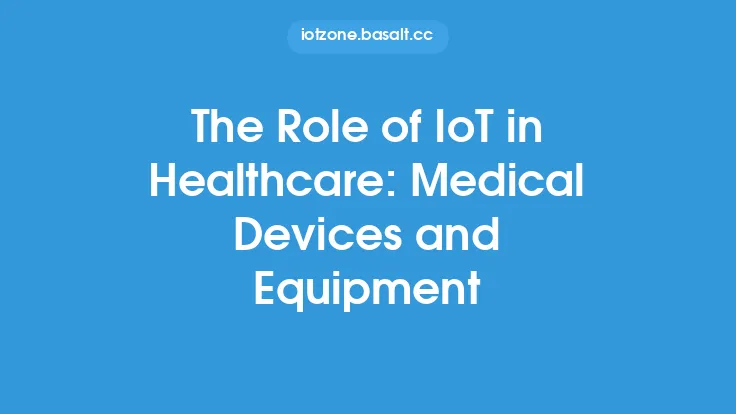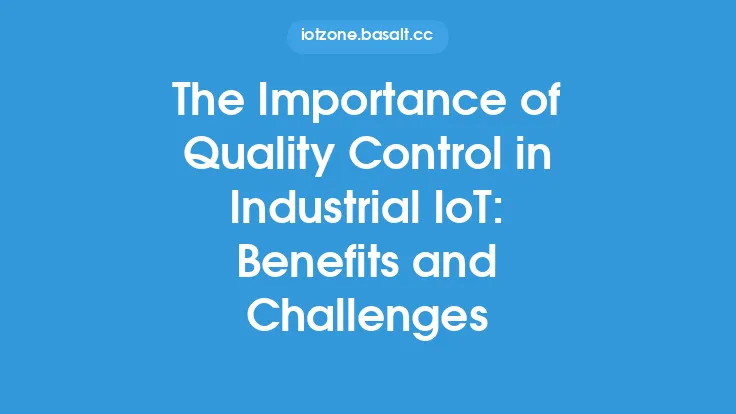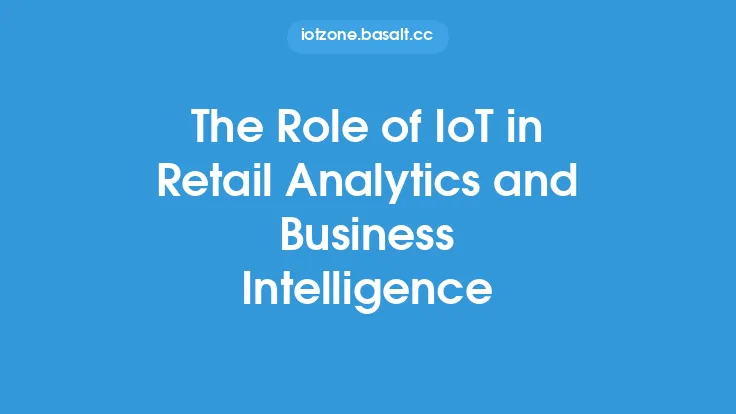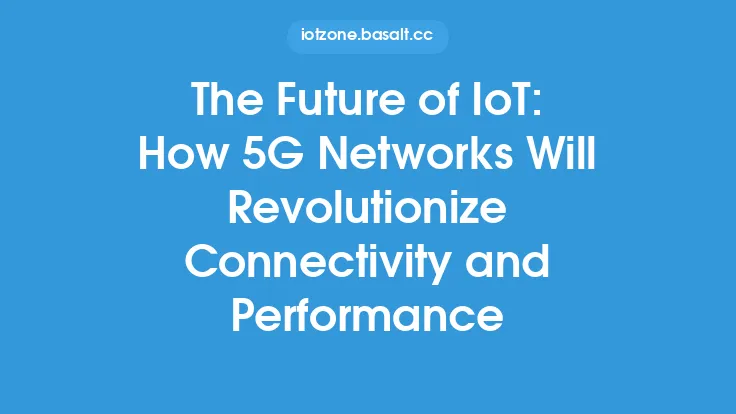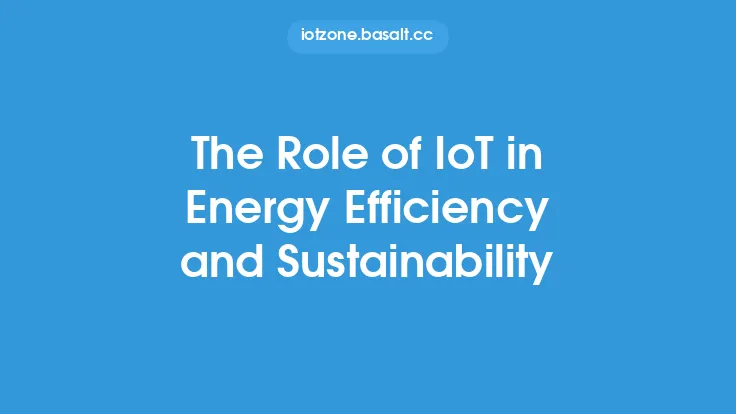The advent of 5G technology has revolutionized the way we think about connectivity, and its impact on the Internet of Things (IoT) is particularly significant. With its promise of faster speeds, lower latency, and greater capacity, 5G is poised to unlock new possibilities for IoT applications and use cases. In this article, we'll delve into the role of 5G in IoT connectivity, exploring its benefits and challenges, and examining the technical aspects that make it an attractive option for IoT deployments.
Introduction to 5G and IoT
5G is the fifth generation of wireless network technology, designed to provide faster data rates, lower latency, and greater connectivity than its predecessors. IoT, on the other hand, refers to the network of physical devices, vehicles, home appliances, and other items that are embedded with sensors, software, and connectivity, allowing them to collect and exchange data. The convergence of 5G and IoT is expected to enable a wide range of innovative applications, from smart cities and industrial automation to healthcare and transportation systems.
Benefits of 5G in IoT Connectivity
The integration of 5G and IoT offers several benefits, including:
- Faster data transfer rates: 5G's faster data transfer rates enable IoT devices to transmit and receive large amounts of data in real-time, making it ideal for applications that require rapid data processing and analysis.
- Lower latency: 5G's lower latency ensures that data is transmitted and received with minimal delay, which is critical for applications that require real-time communication, such as autonomous vehicles and remote healthcare.
- Greater capacity: 5G's greater capacity enables a larger number of devices to be connected to the network, making it suitable for large-scale IoT deployments.
- Improved reliability: 5G's improved reliability ensures that IoT devices can maintain a stable connection, even in areas with high levels of interference or congestion.
- Enhanced security: 5G's built-in security features, such as network slicing and edge computing, provide an additional layer of protection for IoT devices and data.
Technical Aspects of 5G in IoT
From a technical perspective, 5G's impact on IoT can be understood in terms of its ability to support a wide range of IoT applications and use cases. Some of the key technical aspects of 5G in IoT include:
- Network slicing: 5G's network slicing capability allows multiple independent networks to coexist on the same physical infrastructure, each with its own set of performance characteristics and security features.
- Edge computing: 5G's edge computing capability enables data processing and analysis to be performed at the edge of the network, reducing latency and improving real-time decision-making.
- Massive machine-type communications (mMTC): 5G's mMTC capability enables a large number of devices to be connected to the network, making it suitable for large-scale IoT deployments.
- Ultra-reliable low-latency communications (URLLC): 5G's URLLC capability ensures that data is transmitted and received with minimal delay and high reliability, making it suitable for mission-critical IoT applications.
Challenges and Limitations of 5G in IoT
While 5G offers several benefits for IoT connectivity, there are also several challenges and limitations that need to be addressed. Some of the key challenges and limitations include:
- Infrastructure costs: The deployment of 5G infrastructure requires significant investment, which can be a barrier for widespread adoption.
- Interoperability: 5G devices and networks may not be interoperable with existing IoT devices and networks, which can create integration challenges.
- Security: 5G's increased complexity and connectivity create new security risks, which need to be addressed through robust security measures.
- Regulatory frameworks: The regulatory frameworks governing 5G and IoT are still evolving, which can create uncertainty and complexity for deployments.
Real-World Applications of 5G in IoT
Despite the challenges and limitations, 5G is already being used in a variety of IoT applications and use cases, including:
- Smart cities: 5G is being used to enable smart city applications, such as intelligent transportation systems and smart energy management.
- Industrial automation: 5G is being used to enable industrial automation applications, such as predictive maintenance and quality control.
- Healthcare: 5G is being used to enable healthcare applications, such as remote patient monitoring and telemedicine.
- Transportation: 5G is being used to enable transportation applications, such as autonomous vehicles and smart traffic management.
Conclusion
In conclusion, 5G has the potential to revolutionize IoT connectivity, enabling a wide range of innovative applications and use cases. While there are several benefits to using 5G in IoT, there are also several challenges and limitations that need to be addressed. By understanding the technical aspects of 5G in IoT and addressing the challenges and limitations, we can unlock the full potential of 5G and IoT, and create a more connected, efficient, and sustainable future.

